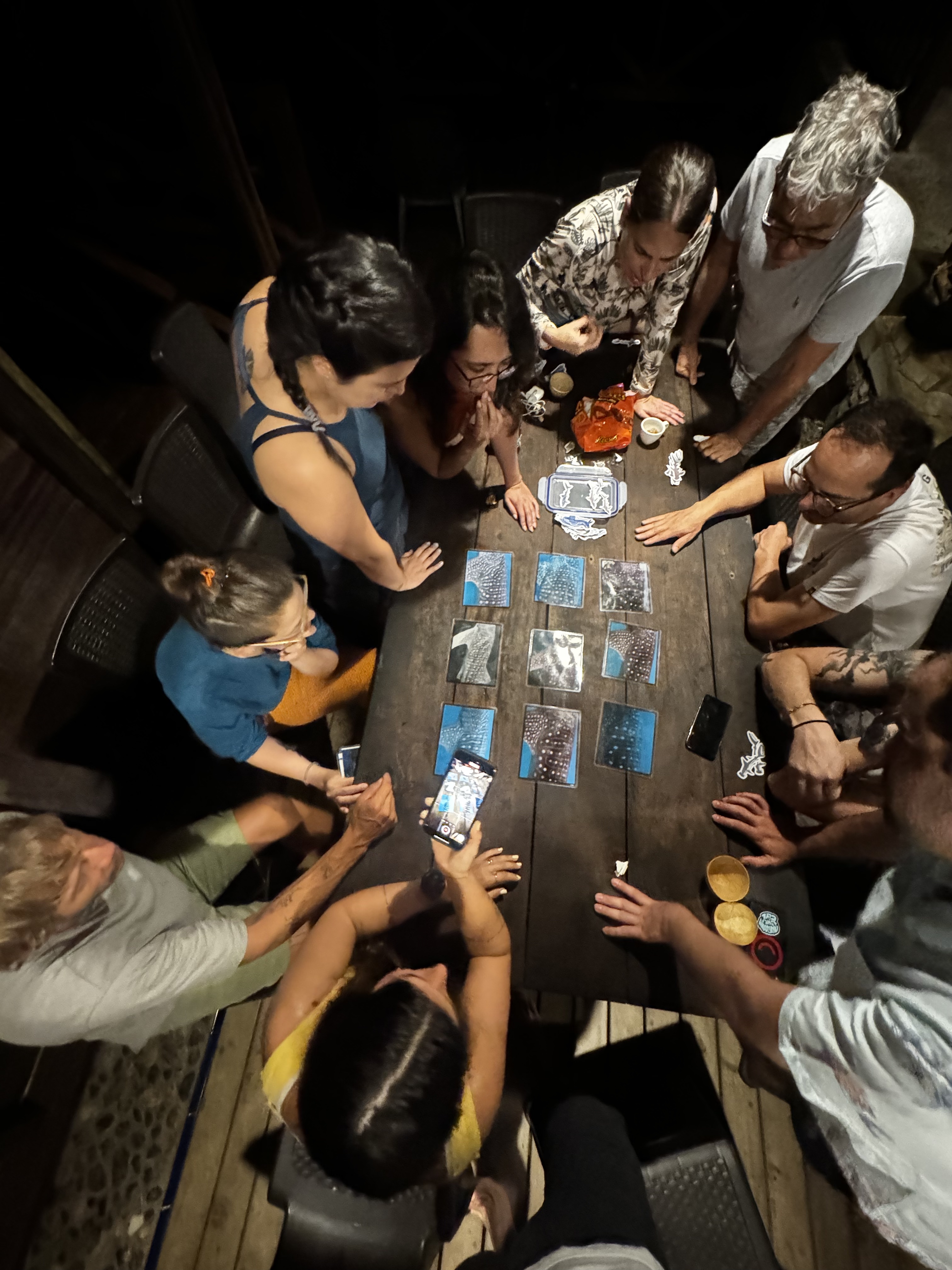Once the committee is officially recognized and its members’ capabilities are clear, it needs to start the creation of a development plan. This development plan includes a clear vision for the future, outlines the course of action and envised outcomes. All committee members should be involved in the creation of this joint picture of the future of their waterbodies and the planned management practices to reach this joint picture.
Such a target could be combating illegal, unreported, and unregulated fishing (IUU) in the waterbody the committee is managing. Therefore, the management committee assesses the initial status of the waterbody and fishing activities, develops patrol plans, and organises awareness-raising events to inform the community of new regulations.
When necessary, the management can request assistance from relevant authorities, like commune chiefs, fisheries administrations or provincial departments of agriculture and fisheries. In addition, the supported committee can collect fishing data, document all their patrolling and record or report any IUU fishing incidents that occur within its area. They achieve this by either using paper forms or digitally with tablets or cellphones when trained accordingly.
Next, the committee must learn how to turn its development plan into a monthly action plan. This can be done following the same process as was used to establish their development plan, just for the course of one month at a time. With the help of external assistance, they can determine what they can do over the next thirty days.
Finally, a simple monitoring and evaluation system needs to be set up. Generally, this involves monitoring the progress of the tasks listed in their action plan. This includes recording any deviations from the plan, documenting any modifications made, and keeping track of the expenses associated with each activity. The committee should meet at the end of each month to review the previous month’s work and schedule the next one.
